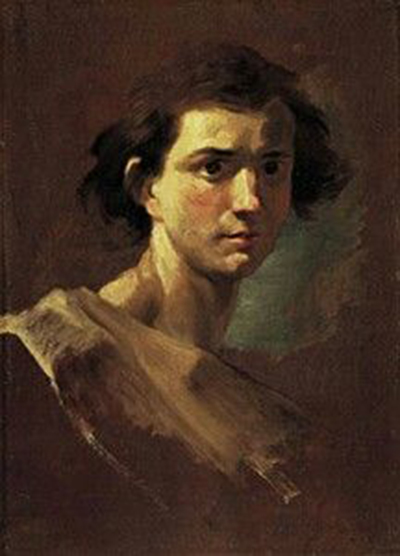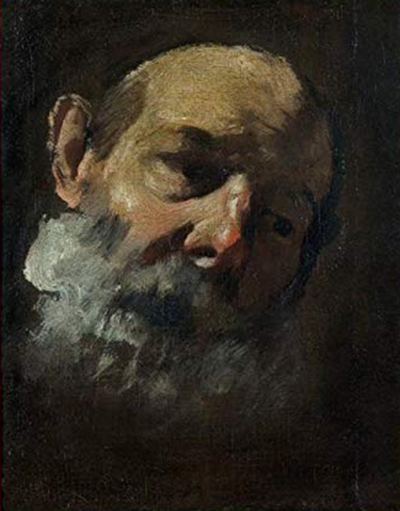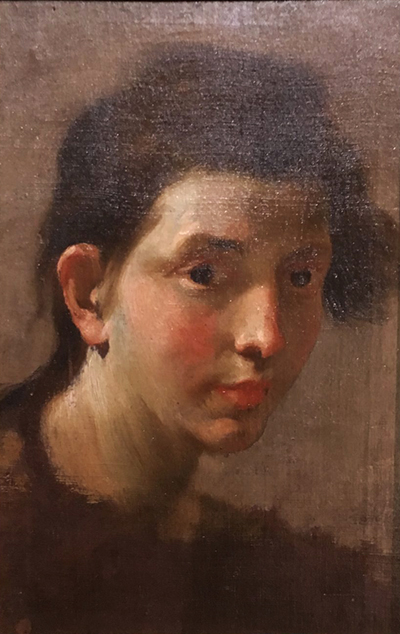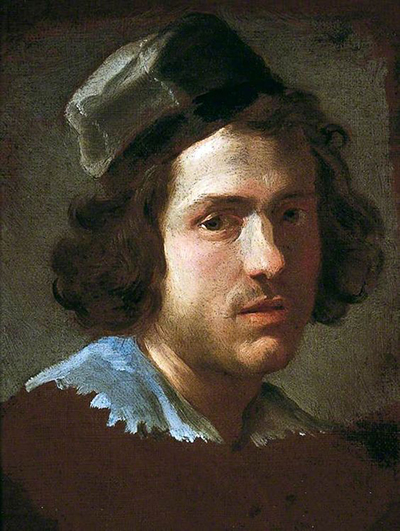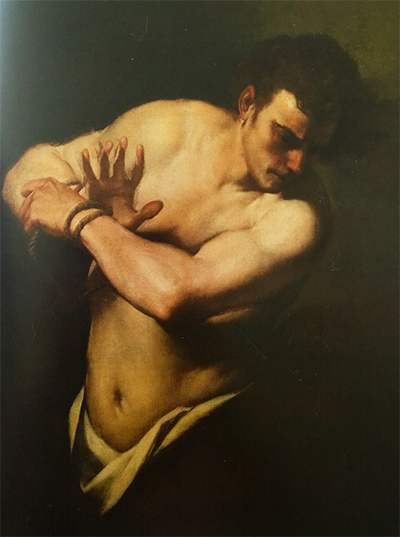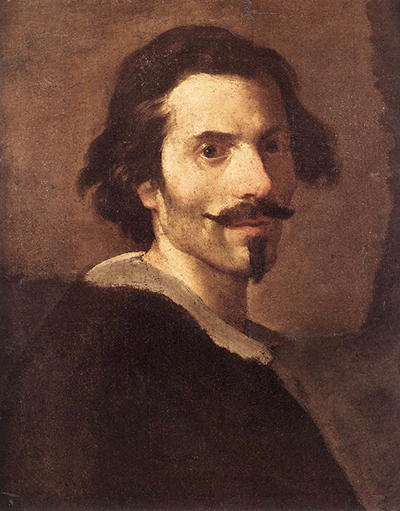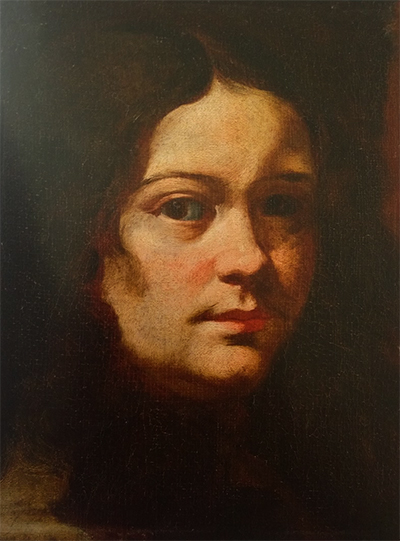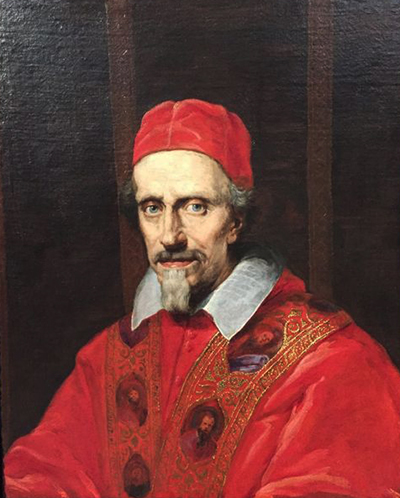Gian Lorenzo Bernini was such a powerful figure within Italian art during the 17th century that he could even impart influence upon major politicans and religious figures in Rome at that time
There is much to enjoy from Bernini's paintings even though it was not his main medium. The paintings captured here are those confidently attributed to the artist and remain spread across a mixture of European art museums and private collections. A quick glance will clarify that his work in oils were predominantly head studies and portraits. His key influences within this medium are believed to have been Caravaggio, Rubens and Poussin. Being the son of a sculptor, Pietro, it is unsurprising that sculpture would become his own specialism but it would be wrong to discount his other achievements in drawing, architecture, theatre and painting. He was quoted in early literature as explaining how he took two continuous years out of his career in order to concentrate fully on developing his skills as a painter.
Some argue that he took this decision after a request from the Pope, underlining his strong connections with upper society if true. It is only in the last 50-70 years that a series effort has been made to draw all of Bernini's paintings together is a concise study. Even the artist's sculptures lost fame in the early years after his death but have since made a re-appearance, with his reputation as a skilled and highly influential sculptor returning in art publications. Bernini wanted to strengthen his hold of those commissioning work in Rome and by having a broader skillset he could take on more projects. There is also a general belief within art circles that developments in one medium can have benefits in others too. Bernini's enthusiasm for trying new ideas was strongest as a young student up to his early thirties.
For this reason you will see that his self portraits have him as a relatively young man. There are clear technical qualities to his work within this medium but he was to concentrate much more on sculpture and architecture as his career developed onwards. The masters of this period and previously in the Renaissance would consistently study the works of others in order to develop their own techniques and ideas. Michelangelo was described as Divine by Bernini because of his work in sculpture, but he was not so complementary about his paintings, claiming that there was a lack of tonal qualities and too great an emphasis on the anatomy. One similarity that can be agreed is that they were both most proficient in sculpture. The style of Gian Lorenzo Bernini has been compared consistently to that of Caravaggio and also Annibale Carracci. Caravaggism is a well known period where the work of this great master would influence other artists all across Europe and his greatest impact was in the use of light and dramatic scenes from the Bible. Bernini's own experiences of their work would have been in other regions of what was then known as the Papal States, and what we now refer to as Italy.



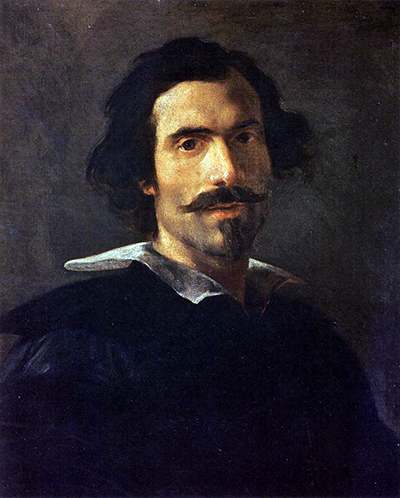
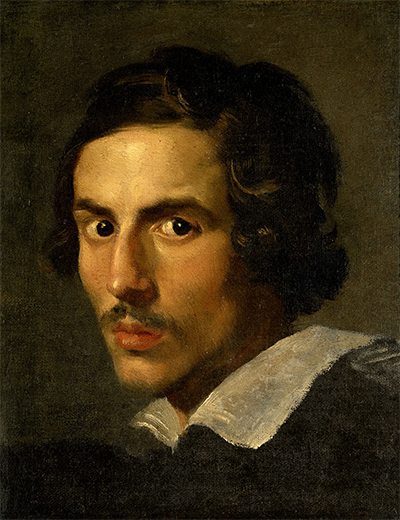
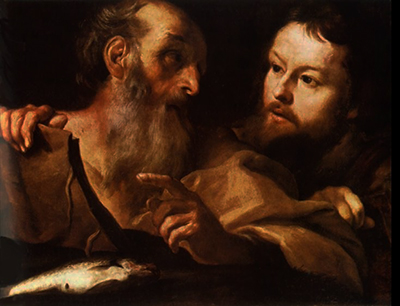
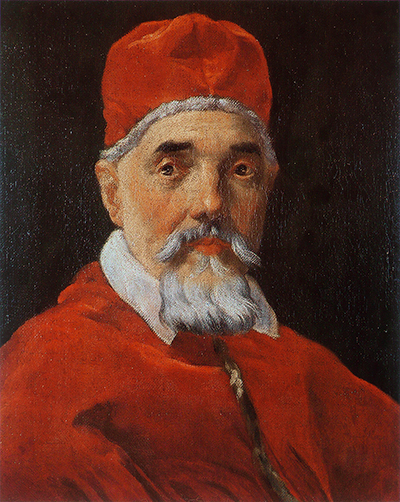
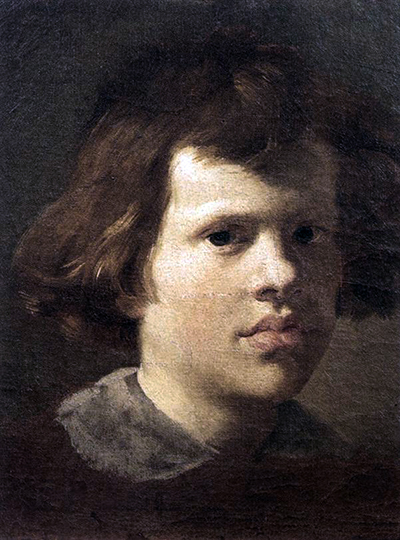
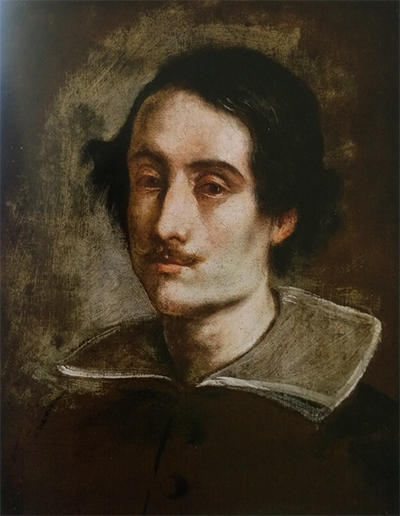
 Gian Lorenzo Bernini.jpg)
